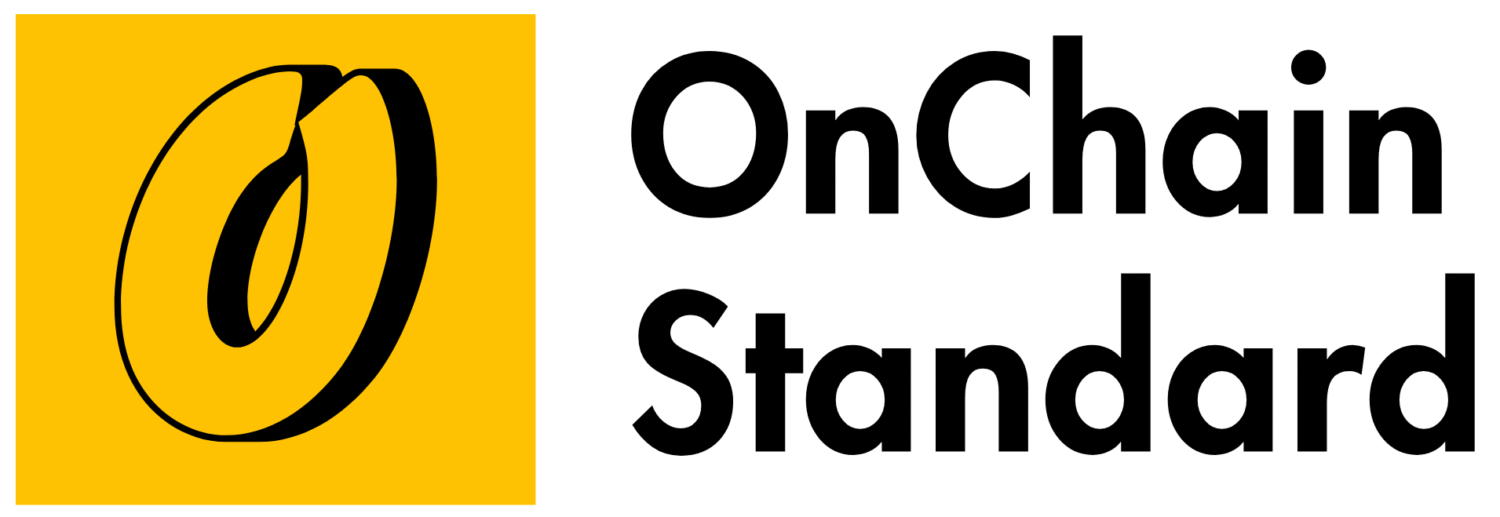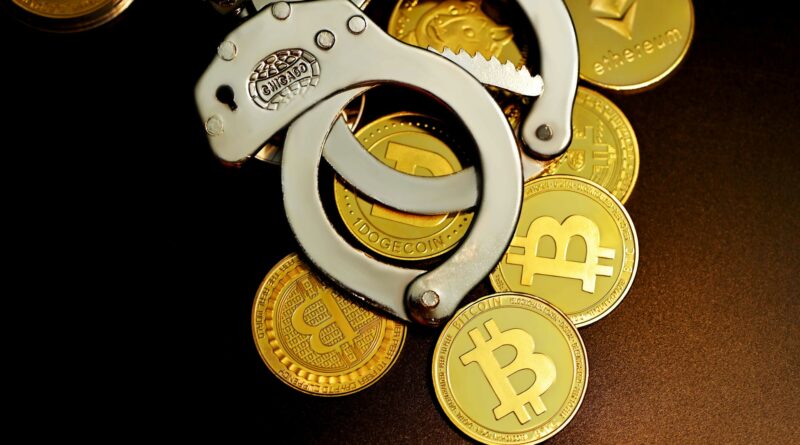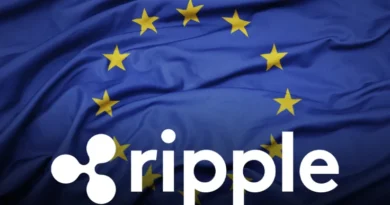The Dark Side of Crypto: How Bitcoin and Stablecoins Are Linked to Illicit Activities in India
Introduction: Crypto’s Shadow in India’s Boom
India’s cryptocurrency market, valued at $6.4 billion with 107 million users in 2025, is a global powerhouse. Yet, beneath this vibrant ecosystem lies a darker reality: Bitcoin, stablecoins like Tether (USDT), and other digital assets are increasingly linked to illicit activities. From money laundering to terrorist financing, crypto’s anonymity and speed have made it a tool for criminals, as noted by India’s Enforcement Directorate (ED). This article dives into how Bitcoin and stablecoins are used for illicit purposes in India, examines real cases, and offers practical steps for investors to navigate this $15 billion-bound market safely while avoiding its pitfalls.
Historical Context: Crypto’s Illicit Evolution in India
India’s crypto journey has always had a shadow. In 2013, the RBI warned of Bitcoin’s risks, citing its potential for illicit use. The 2018 banking ban on crypto exchanges pushed trading to unregulated platforms, fostering underground markets. The 2020 Supreme Court ruling lifted the ban, spurring adoption but also exposing vulnerabilities. By 2023, a 30% tax and 1% TDS on crypto transactions aimed to curb misuse, yet illicit activities persisted. With agencies like the ED noting Bitcoin and USDT’s role in funding terrorism and drug rings. Globally, stablecoins overtook Bitcoin in illicit transactions by 2024, comprising 63% of such flows, per Chainalysis. India’s regulatory grey zone amplifies these risks, making oversight challenging.
Data-Driven Analysis: The Scale of Illicit Crypto in India
Crypto’s illicit use in India is significant but nuanced:
-
Market Size: India’s $6.4 billion crypto market has 107 million users, with 65% of trading from Tier-2 and Tier-3 cities (Chainalysis, 2025).
-
Illicit Volume: Globally, $40.9 billion in crypto flowed to illicit addresses in 2024, with 63% via stablecoins and 12% via Bitcoin (Chainalysis). India-specific data is limited, but ED seizures suggest millions in illicit crypto.
-
Stablecoin Dominance: Stablecoins like USDT, valued for stability and low fees, are used in 58% of illicit TRON blockchain volume, popular in India (TRM Labs).
-
Bitcoin’s Role: Bitcoin’s share in illicit transactions dropped from 97% in 2016 to 12% in 2024, yet it remains key for ransomware and darknet markets.
-
Scams and Fraud: Investment scams cost Indians $5.8 billion in 2024, with 150,000 scam complaints (CoinLedger).
-
Compliance Gaps: Only 20% of Indian users comply with KYC, enabling fraud (WazirX survey).
India’s 1.2 billion mobile users and cheap data (₹10/GB) make crypto accessible, but lax oversight and VPN use fuel illicit flows. Compared to Singapore’s strict KYC reducing illicit trades by 15%, India’s regulatory ambiguity lets 5 million users trade offshore, per Mudrex. Stablecoins’ speed and fiat peg make them ideal for cross-border laundering, while Bitcoin’s transparency limits its appeal for sophisticated criminals.
Real-World Examples: Illicit Crypto Cases in India
India has seen high-profile cases of crypto misuse. In 2025, the ED seized 1,900 Bitcoin (~$207 million) from a BitConnect scam, where promoters lured investors with fake promises. A 2024 drug case saw 160 Bitcoin confiscated, linked to darknet markets. The 2017–18 GainBitcoin Ponzi scheme defrauded investors of thousands of BTC, with assets worth ₹433 crore attached. Stablecoins like USDT on TRON are flagged for cyber-fraud and illegal gambling, with $11 billion in illicit trades on Cambodia’s Huione Guarantee marketplace in 2024, some linked to Indian networks (Elliptic). Globally, Tether froze $835 million in illicit funds since 2014, but criminals exploit decentralized exchanges to stay ahead. These cases highlight crypto’s dual role as an innovation hub and a crime enabler.
Challenges and Solutions: Curbing Illicit Crypto Use
-
Regulatory Gaps: India’s lack of a dedicated crypto law lets criminals exploit unregulated platforms. A framework like the EU’s MiCA could cut illicit flows by 25%.
-
Low KYC Compliance: Only 20% of users verify identities, enabling fraud. Mandatory KYC, as in Singapore, could reduce illicit trades by 15%.
-
Stablecoin Risks: USDT’s low fees and stability aid money laundering. Real-time monitoring, like Tether’s freeze mechanisms, could help.
-
Scam Proliferation: Investment scams cost $5.8 billion in 2024. Education campaigns, like CoinDCX’s reaching 2 million users, can boost awareness.
-
Enforcement Lag: Criminals use VPNs and mixers to obscure funds. Blockchain analytics, as used by Japan to track Monero, could enhance ED efforts.
India can adopt stricter AML/KYC norms and leverage AI-driven transaction monitoring to curb illicit flows while preserving innovation.
Future Outlook: Balancing Innovation and Oversight
By 2030, India’s crypto market could hit $25 billion, driven by 1.2 billion mobile users and UPI’s 400 million transactions. Stablecoins may dominate, with USDT and USDC facilitating $100 billion in cross-border payments, but their illicit use could grow without regulation. The RBI’s digital rupee, piloted in 2024, may integrate with blockchain, offering a controlled alternative. SEBI’s 2025 framework, if enacted, could enforce licensing, but overregulation risks pushing traders offshore. Investors should allocate 5–10% to crypto on KYC-compliant platforms, while businesses explore blockchain for transparency. India must balance innovation with robust oversight to curb illicit use and lead globally.
Conclusion: Navigating Crypto’s Dark Side
In 2025, India’s $6.4 billion crypto market is a beacon of innovation but also a hub for illicit activities. Bitcoin and stablecoins like USDT fuel scams, money laundering, and terrorism financing, with $40.9 billion in global illicit flows in 2024. Regulatory gaps and low KYC compliance exacerbate risks, but cases like BitConnect show enforcement is active. Investors should use trusted exchanges, diversify portfolios, and stay educated to avoid scams. India’s crypto future hinges on clear regulations and vigilance—embrace the potential, but tread carefully.




